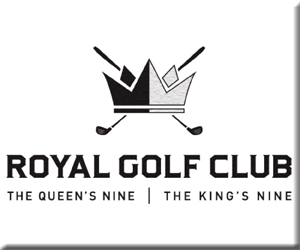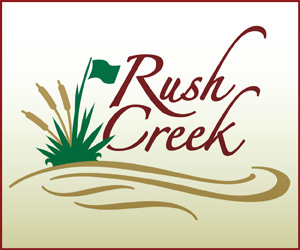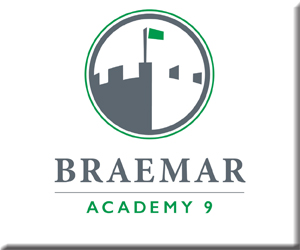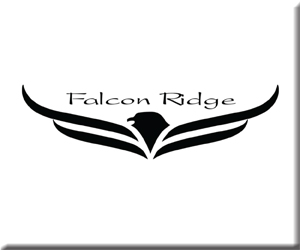Need to Warm Up a Bit? Try a Brandy or Cognac!
By Gary H.
Well here we are again in the fall of the year. This is definitely my favorite season – there are so many things going on all over. The leaves are changing up near the shore, apple harvest season is here, playoff baseball is back, (as of this writing the Twins were in the division lead), the Vikes are looking good this year… so far, hunting season has started and a whole bunch of other stuff as well but you get the idea?
With so many things going on and the weather changing so rapidly its sometimes hard to know what to keep around the house for sipping, or even for cooking. This time of year we turn to comfort foods. Well there are few things better for slow cooking a roast than a nice cognac or brandy. Wild rice and squash are a treat with a roast duck, goose, venison roast, pork roast or even a nice piece of sirloin marinated and slow cooked in fine brandy. Of course adding a few potatoes and fresh mushrooms or carrots to the crockpot won’t hurt either all creating such great flavors and smells, I’m hungry just thinking about it.
Let’s start with a few basics about brandies, cognacs and why they are great for this time of year. When most of us think of Brandy we think of E&J or Christian Brothers. These are what our parents or relatives drank, widely distributed and inexpensive, especially during the holiday season, Brandy Seven, Brandy Alexanders after dinner and of course Egg-Nog during those holiday gatherings.
Did you know that Minnesota and Wisconsin consume more brandy than the rest of the country? I think it’s the warm feeling you get after a nip that we like so much up here.
The word brandy comes from the Dutch word Brandewijn which means burnt wine and refers back to boiling the wine during distillation. The history of brandy can be traced all the way back to the 7th century when it was invented in the Arab countries. Later in the 8th century brandy started its trek across the globe heading to Spain and more than likely Ireland via missionary monks. From there it spread rapidly around the globe most likely traveling with the armies of various countries for medicinal purposes as well as a pleasurable drink.
Styles of Brandies
Grape Brandy – made from grape juice or from crushed but not pressed grape pulp and skin. Aged in wood [usually oak] which adds color and flavor to the raw spirit and also mellows its edgy nature.
Pomace Brandy – (including Grappa and French Marc) are made from pressed grapes, stems and leaves – allowing most all of the juice to be extracted. These are usually made with no or minimal time in wood and very little aging. Resulting in their raw nature and fairly robust style they can also be quite enticing, fresh and fruity at their best.
Fruit Brandy – This is the common name for any style of brandy made from any other fruit except grapes. For example the most popular is made from apples in the Normandy region of France and is called Calvados . This is another spirit that when served young can be edgy and raw – yet when you start to get into the 10 year aged and 20 year aged versions are quite compelling. They will fill your room with the smell of apples and are a pleasure beyond belief. Also in this group would be Slivovitz, a brandy made from plums. A dry and colorless brandy made in Eastern European countries. One of the things about using berries to make a brandy is that not all berries have enough natural sugar to allow distillation so they are macerated [soaked] in a high proof neutral spirit where the flavors can be extracted. Quite a few distillers in the United States are currently making these as well .
Cognac – The Most Famous of All Brandies
This isn’t just the name of the drink – it is a place as well. Look for it on a map of France just to the North of Bordeaux in the regions of Charente and Charente – Maritime. The area is further divided into six growing zones: Grande Champagne, Petite Champagne, Bois Ordinaries, Borderies, Fins Bois, and Bons Bois. The first two of these regions produce the best cognac and will frequently be so designated on bottle labels. Cognacs labeled Fine Champagne are a blend of Petite and Grande Champagne.
The primary grapes used in making cognac are Ugni Blanc, Folle Blanche, and Colombard. The wines made from these grapes are thin, tart, and low in alcohol; poor characteristics for table wines, but oddly enough, perfect for making brandy. Cognac is double distilled in pot stills and then aged in casks made from Limousin or Troncais oak. All cognacs start out in new oak to mellow the fiery spirit and give them color.
As the cognac is aged in barrels it is transferred to older more used barrels to allow it to mellow and take on its individual characteristics. All of the styles of cognac are a blend of various vintages and even different areas in order to allow the distiller to make the house style. Remy Martin or Hennessy being prime examples.
It is important to note that there is no legal description for the age of cognac. However the industry has adopted some loose designations – yet it is up to each “house” to determine their own ages for each label.
V.S. – Very Superior – Usually a minimum of 6 months to
1 1/2 years.
V.S.P. – Very Superior Pale – Usually not less than two years and can be up to 4-5 years in better houses.
V.S.O.P. – Very Superior Old Pale – A minimum of 4 years for the youngest cognac in the blend. Average age 10-15 years old.
X.O. – Extra Old – A minimum of 6 years for the youngest cognac in the blend. Average age 18-20 years old.
Are you confused yet? Some pretty in depth information about some really wonderful fall and winter “treats” that are sure to help comfort you through the upcoming long, cold months. The next time your planning a dinner party, relaxing in front of the fireplace or looking for a little “kick” in the crock pot then a fine brandy or cognac will definitely do the trick.
Here are some of my recommendations:
Exotic Metaxa – A Greek brandy made with Anise and Muscat wine. $22 bottle
Everyday Korbel brandy – A good common American brandy. $15 bottle
If money is no object then I would go “all out” with Louis 13th – A very fine cognac around $75 per SHOT.































